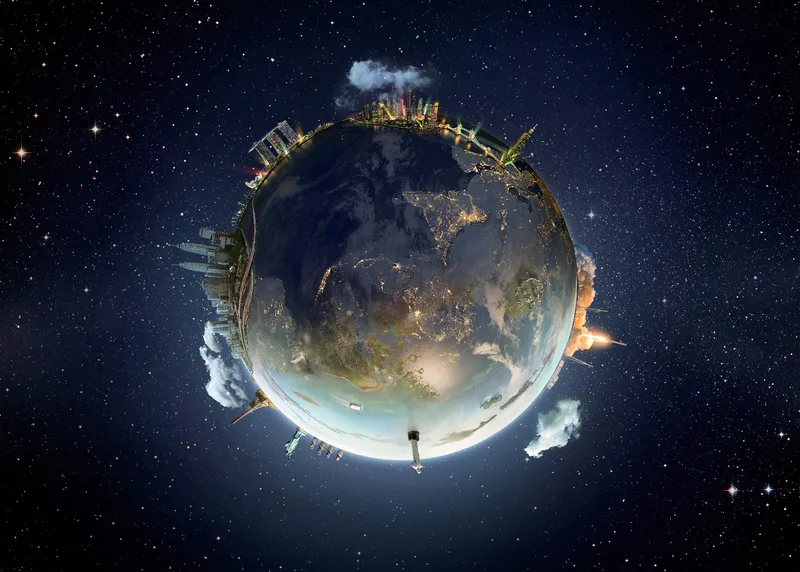Leading global standards organisations
The involvement of international standards bodies is seen as critical to easing bottlenecks resulting – in part – from poor communication between overlapping sectors; automotive, ITS players, telecoms suppliers and operators. The new Joint Task Force for ITS Communications plans to engineer better collaboration between these sectors and pool resources within ITU and ISO, linking existing work and avoiding duplication.
Dr Hamadoun Touré, ITU Secretary-General, said: “There is a will from manufacturers to implement these technologies, but as yet there has been no real breakthrough in terms of the technical standards needed to roll this out on a global scale. Vehicle manufacturers do not want to create different versions of this technology for every different market. They do not want regional or national standards. They want global standards, and through this initiative ITU and ISO are proving that we are willing and able to provide them.”
Rob Steele, ISO Secretary-General, said: "There is a need for harmonisation of standardisation of essential technologies to provide a solid base for further innovation and the economies of scale for commercialisation of technologies. Most interestingly of all, is the urgent need to consider the interoperability of all of this technology not only in the vehicle, but in the wider infrastructure that is needed to support this revolution. The value of the solutions proposed is magnified when they are globally relevant. In this, customers of international standards care most about the benefits that implementing international standards provide and industry should not and will not wait while standards organizations fight amongst themselves, compete or try to decide who will develop that standard. They want to be listened to and have their needs for international standard solutions met."
ITU and ISO welcome participation in the Joint Task Force for ITS Communications by the national and regional standards bodies working in ITS and communications.









